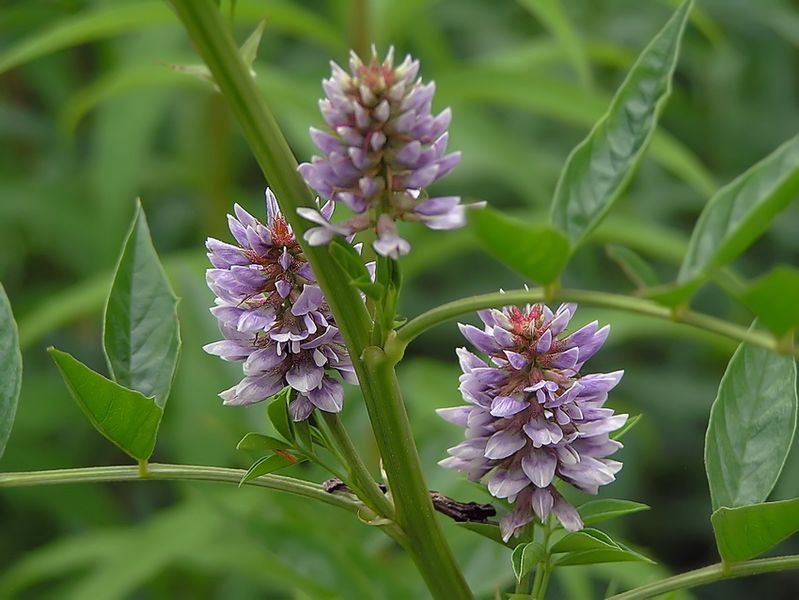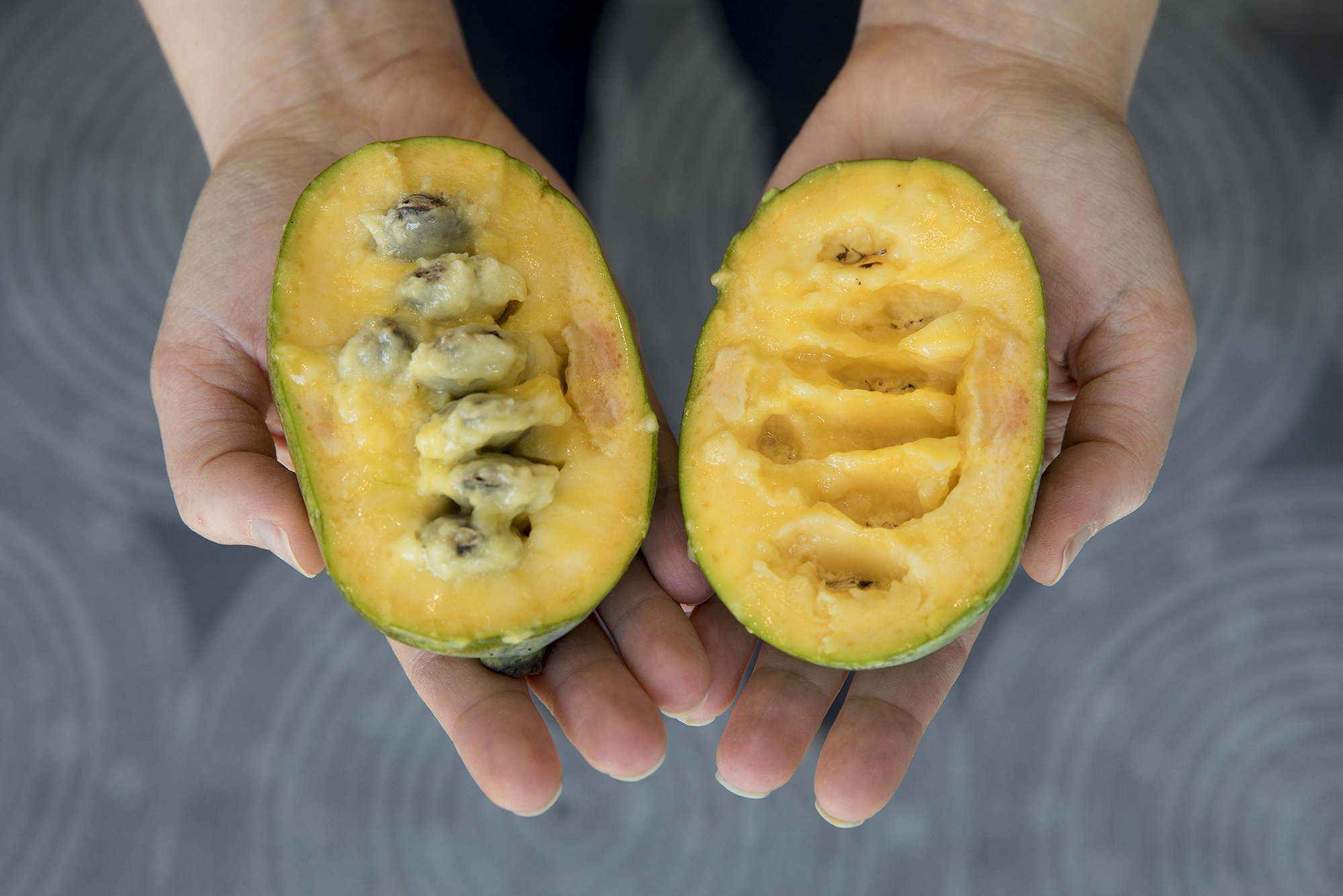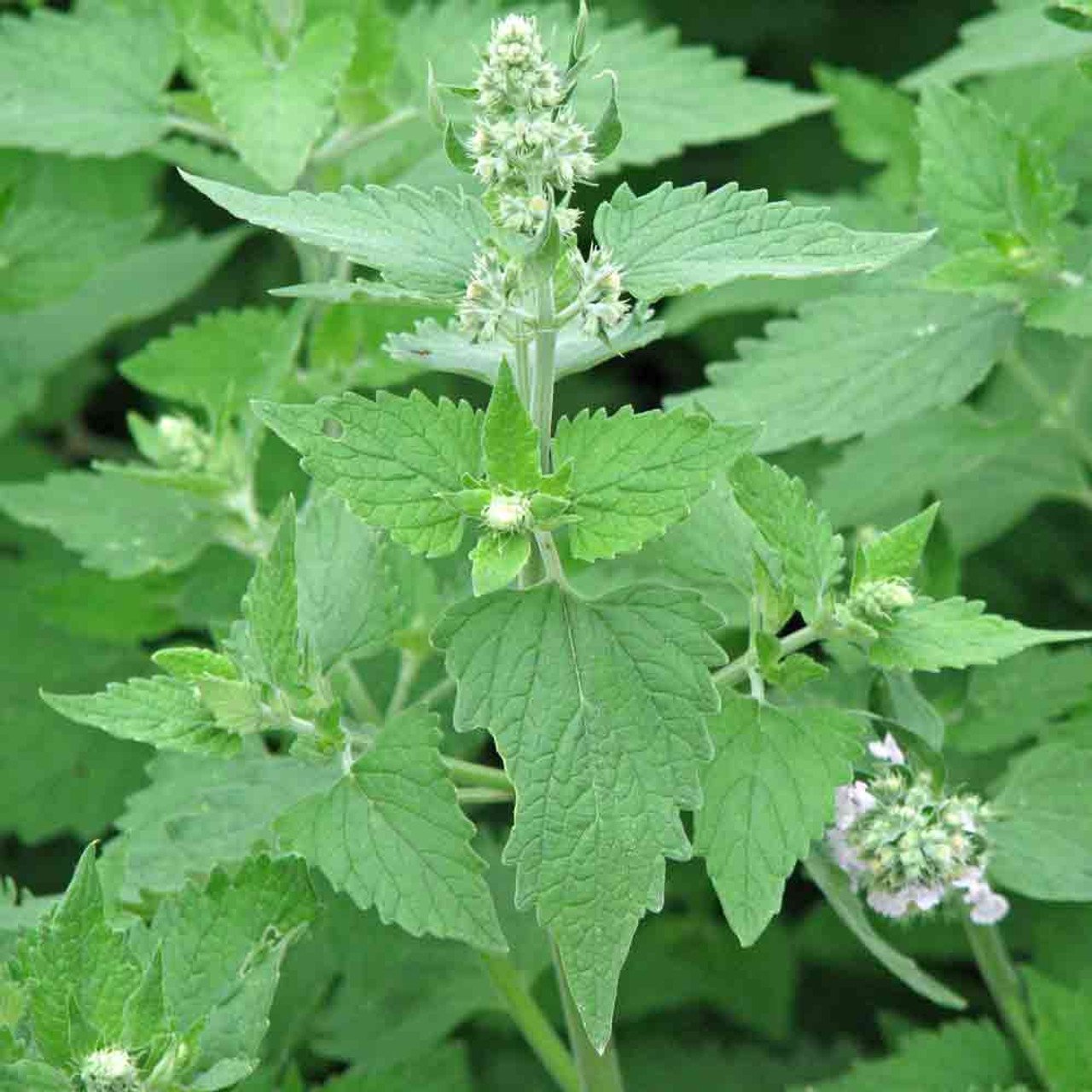 Image 1 of 1
Image 1 of 1


Sassafras seedling, 1-2'.
Latin Name: Sassafras albidum. Family: Lauraceae (Laurel)
USDA hardiness zone: 4
Growth habit: Medium tree
Mature size: 65 ft
Native range: Eastern North America
Preferred habitat: Wetland edges, well drained to rich soil, full/part sun.
Pollinators: Bees, other insects
Edible parts: Leaves, bark, root bark, fruit
Uses and functions: Seasoning, tea, medicine, leaf vegetable
Medium fast growing tree that spreads slowly by suckers to form a patch. The leaves, having three unique shapes thought to confuse now-extinct herbivores, are edible raw, cooked or powdered. Branches and bark have a lemon ‘Froot Loops’ flavor, and are good for tea, while the roots have a classic rootbeer taste for tea, syrups or medicine. The fruits, though rare, are fragrant as well.
Latin Name: Sassafras albidum. Family: Lauraceae (Laurel)
USDA hardiness zone: 4
Growth habit: Medium tree
Mature size: 65 ft
Native range: Eastern North America
Preferred habitat: Wetland edges, well drained to rich soil, full/part sun.
Pollinators: Bees, other insects
Edible parts: Leaves, bark, root bark, fruit
Uses and functions: Seasoning, tea, medicine, leaf vegetable
Medium fast growing tree that spreads slowly by suckers to form a patch. The leaves, having three unique shapes thought to confuse now-extinct herbivores, are edible raw, cooked or powdered. Branches and bark have a lemon ‘Froot Loops’ flavor, and are good for tea, while the roots have a classic rootbeer taste for tea, syrups or medicine. The fruits, though rare, are fragrant as well.









